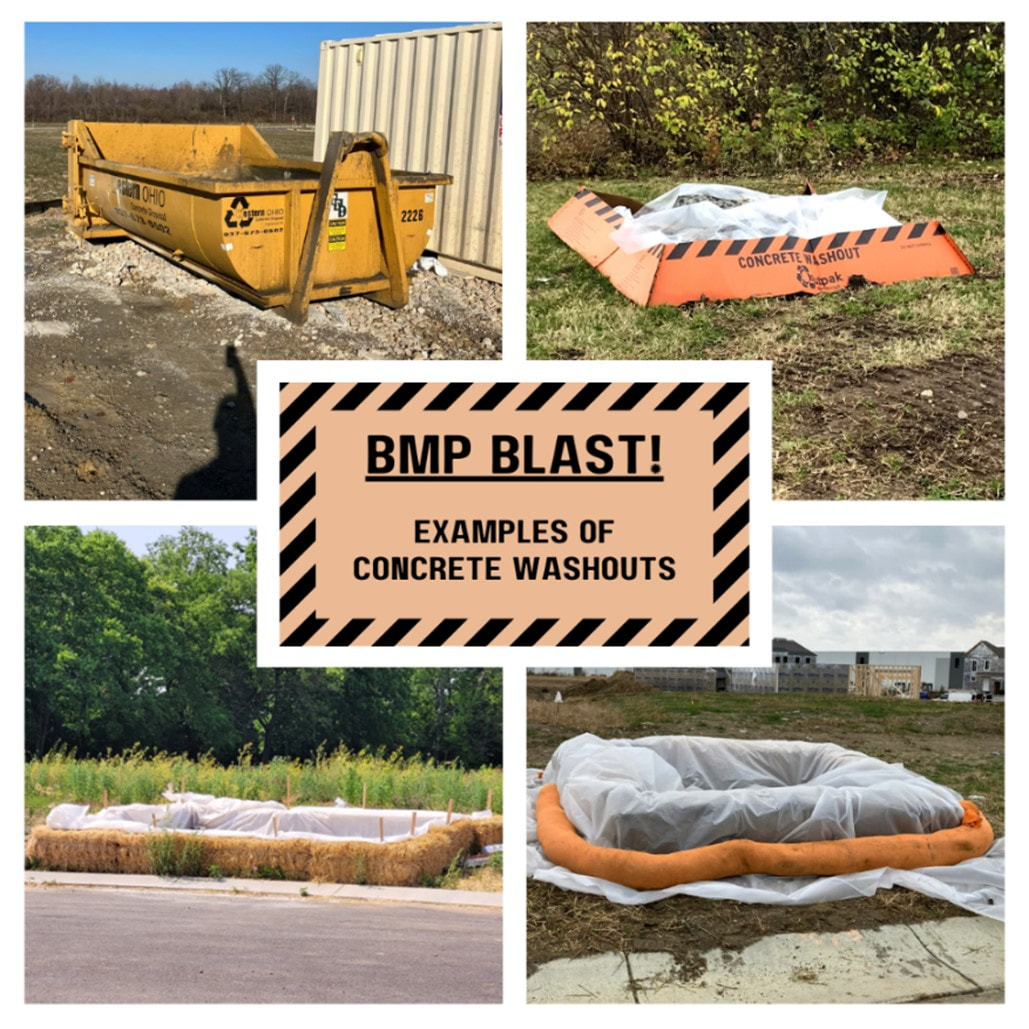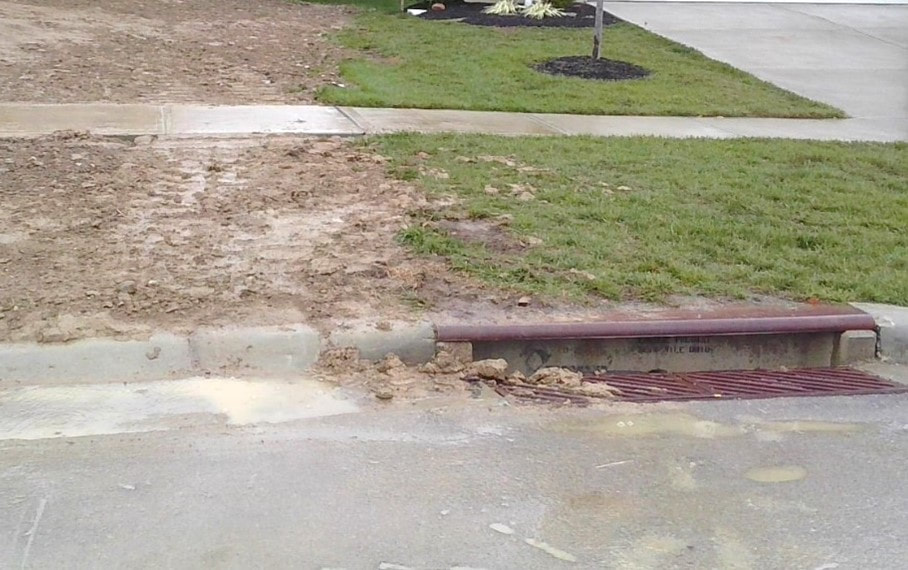|
Let’s face it- construction sites can get seriously messy! This month we look at how a designated concrete washout area helps keep your worksite clean and safe while protecting our local waterways from pollution. Concrete washout, also called wash water or slurry, is the waste material created from cleaning out a pump truck, mixer, or anything else that was used to pour concrete. Getting rid of washout is trickier than most construction wastes because it cannot go into a dumpster as-is. Instead, a designated concrete washout area should be provided before cement pouring activities begin so there is no potential for discharge into a stream, ditch, storm drain, or any other water conveyance. After the slurry hardens, it can be disposed of or recycled into aggregate. There are multiple ways to provide a washout area, but the main goal is to have a waterproof pit or container that is easy to locate, use, and maintain. When possible, the area should be at least 50 feet away from storm drains, swales, and waterbodies. Signage and offering more than one washout area are highly recommended for larger developments. (Pictured above are some concrete washout areas seen while conducting our routine monthly inspections.) How does a concrete washout area promote workplace safety?
Concrete washout is a caustic and corrosive waste material with a pH of around 12. If an employee is exposed to washout, they can suffer serious skin irritation, chemical burns, and eye damage. Additionally, concrete washout contains toxic metals like Chromium, Nickel, Vanadium, and Zinc. Exposure in large amounts to these metals can cause long-term damage to the brain, lungs, kidneys, liver, and other important organs. Keeping waste contained to one or two designated areas will help minimize exposures and promote workplace safety. What kind of maintenance does a concrete washout area require?
Note: Washout waste is also created when using mortar, plaster, stucco, and grout and should also be disposed of properly. Additional Resources US EPA Concrete Washout Fact Sheet OSHA Concrete Hazards OEPA Rainwater and Land Development Manual Ohio EPA NPDES General Construction Permit (OHC000006)
0 Comments
Why is Sediment Considered a Pollutant? We know what you’re thinking… if sediment is a naturally occurring resource found all over the planet, why is it considered a stormwater pollutant? Let’s dig into how sediment erosion affects the health of our lakes, streams, and rivers. Sediment erosion by water is a natural process which shapes the world as we know it. Take the Grand Canyon for example- a natural wonder of the world formed by erosion over millions of years! The key is slow change over a very long period. Human activities that result in large swaths of unstabilized soil (urban development, agriculture, forestry, etc.) accelerate erosion and dump large amounts of sediment into nearby watercourses. According to the United States Environmental Protection Agency (USEPA), “natural erosion produces nearly 30 percent of the total sediment in the United States, accelerated erosion from human use of land accounts for the remaining 70 percent.” While an appropriate amount of suspended and bedded sediments (SABS) is essential to the physical, chemical, and biological integrity of an aquatic ecosystem, an imbalance of SABS can cause serious problems. Too much sediment in the water column can result in death of aquatic life and reduced navigability/recreational enjoyment for humans. Even worse, filtration of drinking water becomes more challenging and therefore more expensive. Imbalanced sediment supply is a leading cause of waterbody impairment in the United States.
How does too much sediment harm water quality and aquatic life? Aquatic organisms that hunt and/or find food using eyesight will be disadvantaged by the cloudy water. Submerged aquatic plants will receive less sunlight, photosynthesize less, and therefore produce less oxygen. Even if there was enough biologically available oxygen for the fish to breathe, they will struggle to do so with clogged gills. Sediment particles will fill crevices in the stream bank which reduces habitat availability. In addition to physically muddying up the water, soil particles introduce toxic pollutants to the watercourse which they bonded with in the landscape (fertilizers, heavy metals, bacteria, pathogens, etc.) Sediment pollution is an interesting topic with several consequences beyond clogging up storm drains. Check out the additional resources below to learn more about how sediment pollution affects our waterways and how you can stay in compliance. Additional Resources USEPA Sediments Overview Ohio Rainwater and Land Development Manual Ohio EPA NPDES General Construction Permit (OHC000006) |
Details
Urban team BLOGEvery month, the Warren Co SWCD Urban Team dives deep into the world of land development as it relates to stormwater pollution prevention. The blog covers topics like erosion & sediment control best management practices (BMPs), state and local regulations, retention/detention basins, and the conservation of our natural resources. Stay up to date with Development Digest by signing up for WCSWCD Urban eNews!
Categories
All
Archives
April 2024
|
|
|
Contact:PHONE: (513) 695 - 1337
EMAIL: wcswcd@gmail.com HOURS: Monday - Friday 7:30am - 4:00pm (except holidays) Connect:Warren County Soil & Water Conservation District Copyright © 2016
Warren SWCD Privacy Notice. Emails are serviced by Constant Contact. Constant Contact's Privacy Notice. |



 RSS Feed
RSS Feed
